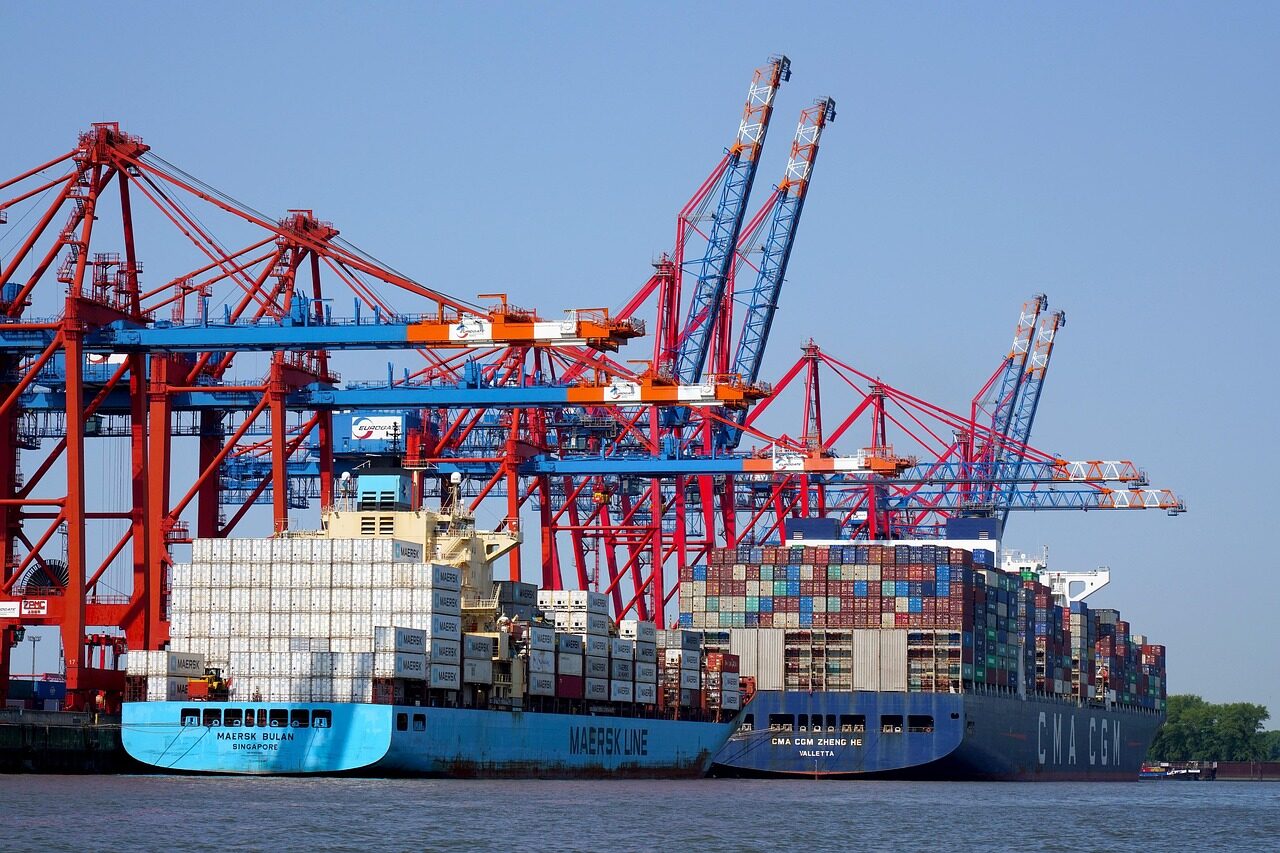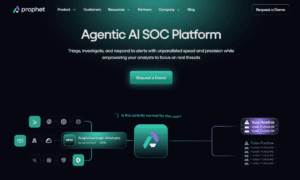The logistics industry has witnessed a remarkable transformation driven by advancements in technology. With the increasing demand for efficient supply chains and improved tracking systems, the focus has shifted to low-power data communication technologies. These technologies, which allow devices to transmit data over long distances while consuming minimal energy, are becoming indispensable in modern logistics. By minimizing energy consumption while maintaining effective communication between devices, companies can optimize their operations, reduce costs, and improve efficiency.
Understanding Low-Power Data Communication
Low-power data communication refers to the transmission of data at a reduced energy cost, utilizing technologies tailored for long-range and low-bandwidth applications. These solutions are optimized for devices that need to communicate intermittently or at low frequencies, making them ideal for numerous industries. Including LoRaWAN as a key protocol in this space highlights how low-power networks can maintain efficient connectivity without depleting device batteries. Other notable technologies, such as Zigbee, NB-IoT, and Sigfox, provide versatile options for applications ranging from smart agriculture and environmental monitoring to logistics and asset tracking. Manufacturers can leverage these diverse solutions to deploy large networks of devices, enabling consistent data gathering and analysis while keeping energy consumption and operational costs low.
The Impact on Supply Chain Efficiency
Efficiency in the supply chain hinges on timely information transfer, which is where low-power data communication shines. By utilizing these technologies, businesses can achieve real-time visibility into their logistics operations. The ability to monitor shipment conditions continuously, from origin to destination, enables companies to make informed decisions swiftly. This can be crucial when addressing potential disruptions that may arise during transit. Real-time monitoring of temperature and humidity in sensitive shipments helps ensure that goods arrive in optimal condition, substantially reducing spoilage and damage rates. The data collected can assist in predictive analytics, informing businesses about inventory needs and delivery schedules, thus preventing delays and ensuring customer satisfaction.
Enhancing Asset Tracking and Management
Asset tracking is another area where low-power data communication makes a significant impact. Traditional tracking methods often required constant power sources or were prone to inaccuracies due to limited range or bandwidth. With advancements in technology, logistics companies can now implement a more robust asset tracking system that operates efficiently across vast distances. Using low-power sensors, companies can monitor the exact location and condition of assets throughout the supply chain. These sensors relay data without constantly draining batteries, allowing for continuous tracking over extended periods.
Real-World Applications in Logistics
Many real-world applications showcase the capacity of low-power data communication in logistics. Companies are incorporating these technologies into smart pallets that automatically track the condition of shipments. These pallets are outfitted with sensors that monitor environmental factors, such as temperature, humidity, and even potential theft risks. Such solutions help companies take proactive measures to protect their goods. Wearables equipped with low-power communication technology can provide valuable data about the workers’ safety, ensuring that operational conditions adhere to safety regulations. This allows companies to maintain a safe workspace, consequently increasing productivity levels.
The Role of IoT in Logistics Transformation
The Internet of Things (IoT) is closely intertwined with low-power data communication and plays a vital role in the logistics sector. As more devices become interconnected and communicate seamlessly, logistics transforms into a data-driven field. Real-time insights from IoT devices enable better decision-making and workflow optimization. By analyzing the data from various segments within the supply chain, organizations can refine their processes, thereby minimizing waste and enhancing sustainability. Low-power sensors in trucks can track fuel consumption, helping companies devise strategies for reducing costs by optimizing driving patterns.
Challenges and Considerations
Despite the numerous advantages of low-power data communication, organizations must remain aware of several challenges. Security concerns, particularly regarding data breaches, can impede the broader adoption of these technologies. Ensuring that data remains secure while transmitted over wireless networks is paramount. Interoperability among devices and systems can present challenges for businesses transitioning to low-power communication technologies. Companies must develop cohesive strategies to integrate these solutions into their existing infrastructure efficiently. Robust planning and investment in appropriate technology are necessary to counteract these potential hurdles, making it a crucial consideration for companies venturing into this realm.
Future Trends in Low-Power Data Communication
Looking ahead, the future of low-power data communication in logistics is promising. As technology evolves, emerging trends such as edge computing and enhanced data analytics will continue to drive efficiency and effectiveness in the sector. The integration of artificial intelligence with low-power communication networks can enable predictive analytics on an unprecedented level, allowing companies to forecast demand and optimize logistics operations. Such advancements will place a greater emphasis on not just cost-saving, but sustainability as well. As more logistics companies aim for greener operations, low-power solutions will likely continue to play a critical role, allowing them to reduce emissions and energy consumption. The continued evolution of these technologies will shape how logistics companies operate, fostering a future where smart and sustainable practices are the norm.

The growing integration of low-power data communication technologies is revolutionizing logistics, providing unprecedented opportunities for streamlining operations. Their ability to enable real-time tracking and facilitate better decision-making allows companies to enhance efficiency. As these technologies continue to evolve, so will the logistics industry, paving the way for a more interconnected and proactive approach to supply chain management.





























